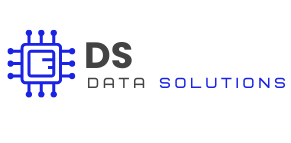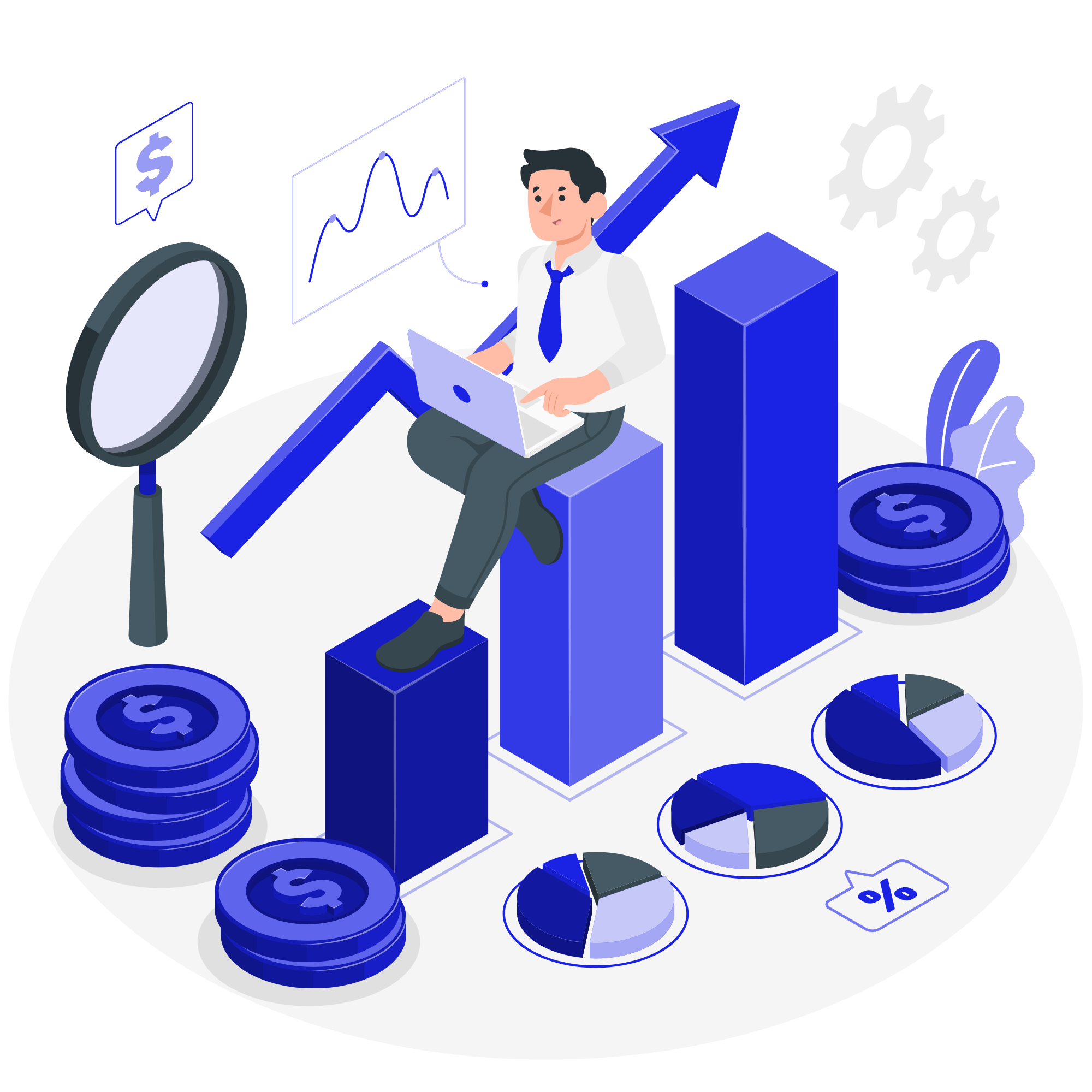Introduction
Digital transformation is at the forefront of strategic initiatives for many organizations today. As businesses seek to optimize operations, enhance customer experiences, and drive innovation, the importance of data has never been greater. Web scraping, a method of extracting data from websites, has emerged as a critical component of digital transformation strategies. By providing businesses with the data needed to make informed decisions and stay competitive, web scraping is helping organizations navigate the complexities of the digital age. In this article, we’ll explore how web scraping plays a pivotal role in digital transformation, offering insights into its applications and benefits for CIOs, CTOs, and business transformation leaders.
Understanding Digital Transformation
Digital transformation involves integrating digital technologies into all areas of a business, fundamentally changing how it operates and delivers value to customers. This transformation requires a data-driven approach, where decisions are informed by real-time insights, customer feedback, and market trends. Web scraping enables businesses to gather the vast amounts of data needed to fuel these initiatives, making it an essential tool for any digital transformation strategy.
How Web Scraping Supports Digital Transformation
Web scraping provides businesses with the ability to collect and analyse data from various sources across the web. This data can then be used to optimize operations, enhance customer experiences, and drive innovation—key pillars of digital transformation.
1. Optimizing Operations
One of the primary goals of digital transformation is to optimize business operations, making them more efficient and cost-effective. Web scraping can play a crucial role in this process by automating data collection and providing real-time insights into various aspects of the business.
Applications:
- Market Analysis: Web scraping can be used to gather data on market trends, competitor activities, and pricing strategies. This information helps businesses make informed decisions about product offerings, pricing, and market positioning.
- Supply Chain Optimization: By scraping data from supplier websites, businesses can monitor inventory levels, track shipping times, and compare prices, leading to more efficient supply chain management.
Example: A retail company could use web scraping to monitor competitor prices in real-time, allowing them to adjust their own pricing strategy dynamically, optimize inventory levels, and reduce costs.
2. Improving Customer Experiences
Customer experience is a key driver of digital transformation, as businesses seek to meet and exceed customer expectations in a highly competitive market. Web scraping allows businesses to gather valuable insights into customer preferences, behaviour, and feedback, enabling them to tailor their offerings and improve overall customer satisfaction.
Applications:
- Customer Feedback Analysis: Web scraping can be used to collect customer reviews, social media mentions, and forum discussions, providing businesses with a wealth of information on how customers perceive their products and services.
- Personalization: By analysing data on customer preferences and behaviour, businesses can create personalized marketing campaigns, product recommendations, and customer service interactions that enhance the overall customer experience.
Example: A travel company could use web scraping to monitor customer reviews and feedback across various platforms, allowing them to identify pain points, improve services, and offer personalized travel packages based on customer preferences.
3. Driving Innovation
Innovation is at the heart of digital transformation, enabling businesses to develop new products, services, and business models that drive growth. Web scraping provides the data needed to identify emerging trends, uncover market opportunities, and fuel innovation.
Applications:
- Trend Analysis: Web scraping can be used to track industry trends, monitor emerging technologies, and gather insights from thought leaders. This data helps businesses stay ahead of the curve and identify new opportunities for innovation.
- Product Development: By analysing data on customer needs, competitor offerings, and market gaps, businesses can develop new products and services that meet unmet demand and drive growth.
Example: A technology company could use web scraping to monitor industry blogs, news sites, and competitor websites to identify trends in artificial intelligence, allowing them to innovate and launch new AI-powered products ahead of the competition.
The Benefits of Web Scraping in Digital Transformation
By integrating web scraping into their digital transformation strategies, businesses can unlock several key benefits:
- Real-Time Data Access: Web scraping provides businesses with real-time access to data, enabling them to make timely and informed decisions that drive transformation.
- Cost Efficiency: Automating data collection through web scraping reduces the need for manual data gathering, saving time and resources while increasing operational efficiency.
- Competitive Advantage: With access to up-to-date market and customer data, businesses can stay ahead of competitors by quickly adapting to changes in the market and customer preferences.
Challenges and Considerations
While web scraping offers significant benefits for digital transformation, it also comes with challenges that businesses need to address:
- Data Privacy and Compliance: Businesses must ensure that their web scraping activities comply with data protection regulations, such as GDPR and CCPA, to avoid legal issues and maintain customer trust.
- Technical Expertise: Implementing web scraping effectively requires technical expertise, including knowledge of web technologies, data parsing, and data storage.
- Scalability: As the amount of data needed for digital transformation grows, businesses must ensure that their web scraping solutions can scale to handle large volumes of data efficiently.
Conclusion
Web scraping is a powerful tool that plays a crucial role in digital transformation by providing businesses with the data they need to optimize operations, improve customer experiences, and drive innovation. For CIOs, CTOs, and business transformation leaders, leveraging web scraping as part of a broader digital transformation strategy can lead to significant competitive advantages, cost savings, and enhanced customer satisfaction. As businesses continue to navigate the complexities of the digital age, the ability to harness the power of data through web scraping will be essential for achieving long-term success.
By integrating web scraping into your digital transformation initiatives, you can ensure that your business stays ahead of the competition and adapts to the rapidly changing market landscape.
Ready to Start Your Web Scraping Journey?
Ready to incorporate web scraping into your digital transformation strategy? Explore our other articles on advanced web scraping techniques, or contact us to learn how our web scraping services can help you achieve your transformation goals.


